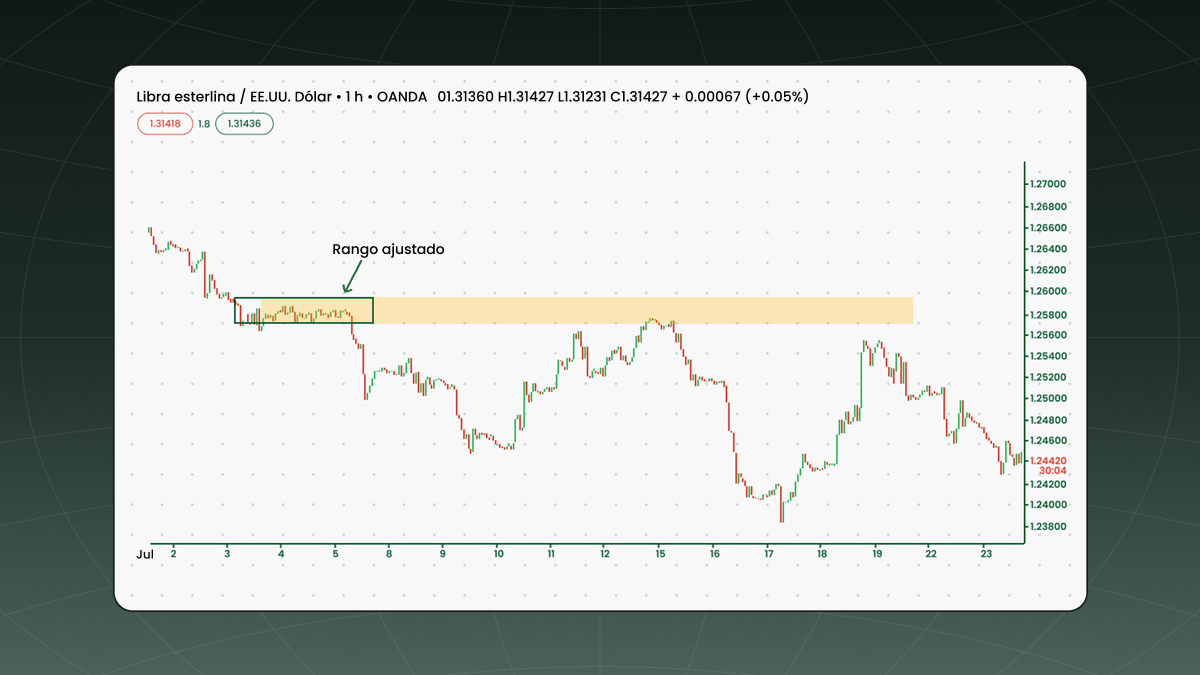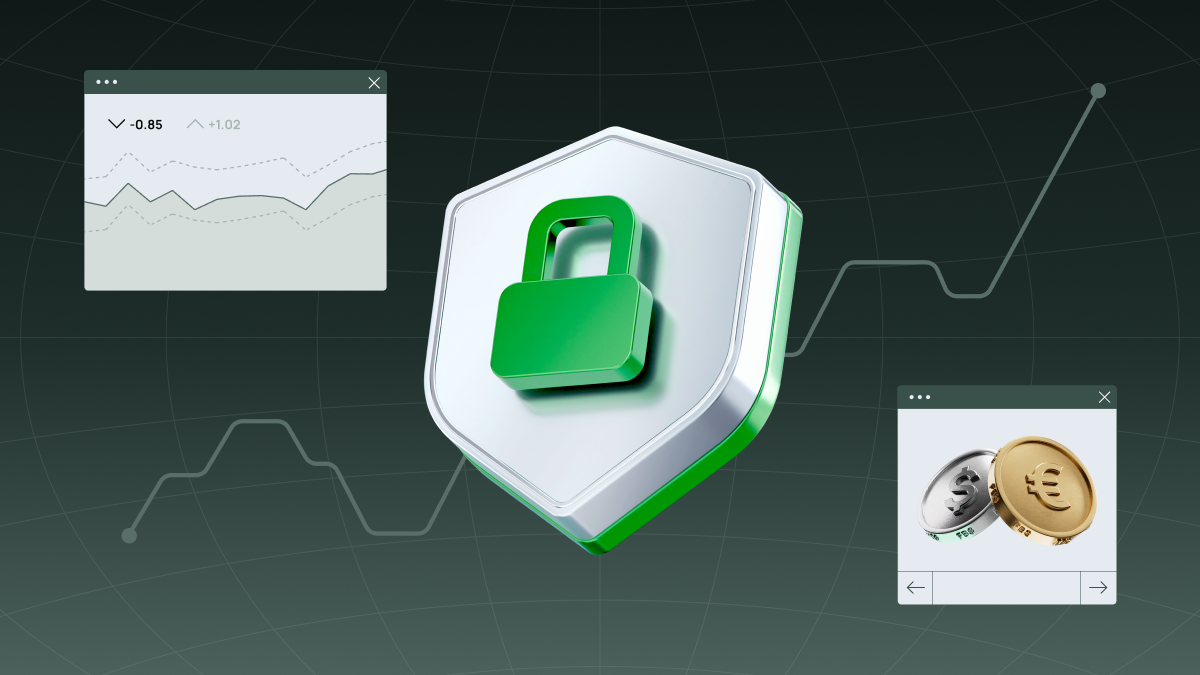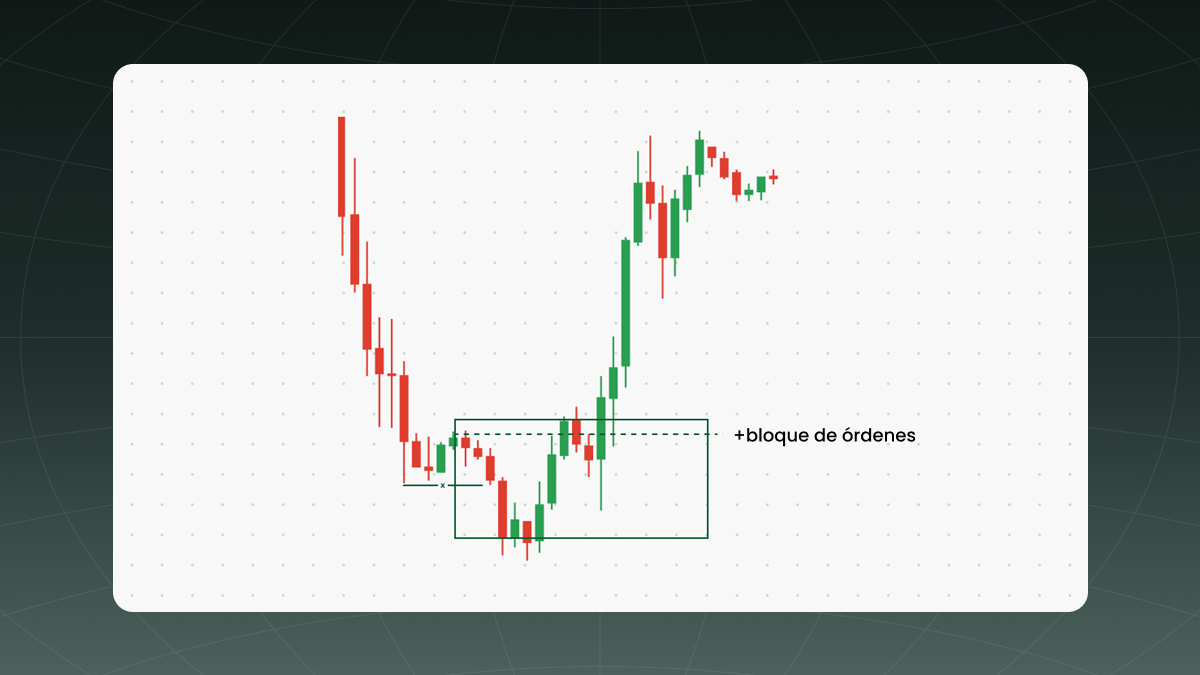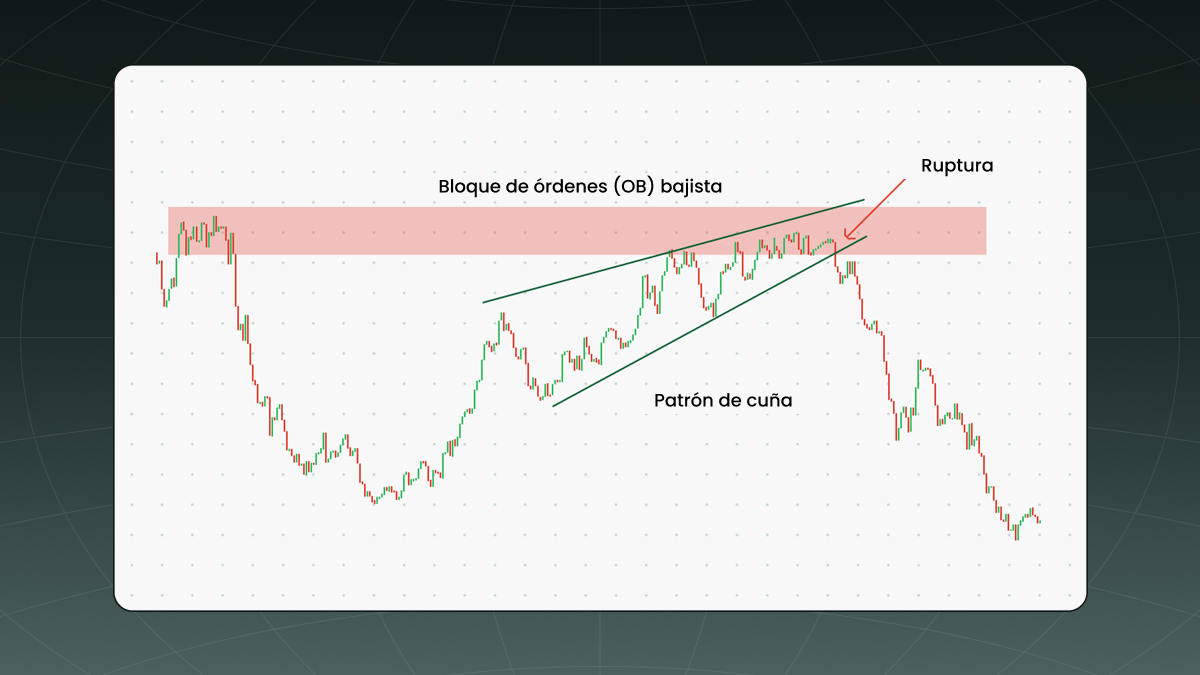¿Qué es un bloque de órdenes en Forex?
A diferencia de los traders minoristas, cuya motivación principal es obtener ganancias, los grandes participantes del mercado realizan órdenes por diversas razones. Por ejemplo, los bancos centrales lo hacen para controlar el precio de sus monedas nacionales, mientras que las empresas y las instituciones financieras pueden hacerlo como parte de su estrategia de cobertura. En cualquier caso, cuando ingresan al mercado, aportan una gran cantidad de dinero.
Sin embargo, ¿puedes imaginarte qué sucedería con el precio de los pares de divisas de Forex si estas instituciones financieras colocaran la totalidad de sus órdenes en una sola operación? El mercado se desestabilizaría mucho y el precio subiría o caería drásticamente, lo que lo haría menos rentable para las instituciones. Por eso dividen su orden en varias operaciones mucho más pequeñas, creando una acumulación de órdenes que se ejecutarán sin presionar el mercado.
En el trading de Forex, los bloques de órdenes son áreas en un gráfico de precios donde las grandes instituciones financieras intentan comprar o vender pares de divisas sin afectar el mercado. Si observas un gráfico de precios, un bloque de órdenes aparece como un conjunto de órdenes concentradas en un nivel de precio específico. Estos niveles pueden actuar como soporte y resistencia, puntos de reversión y ruptura, y generalmente preceden a movimientos bruscos del mercado.

Los bloques de órdenes son un concepto avanzado. A veces, repasar los aspectos básicos te ayuda a perfeccionar tu enfoque. Los vídeos explicativos de FBS abordan habilidades de trading esenciales que pueden ayudarte a comprender.




